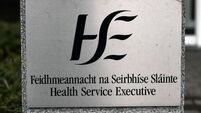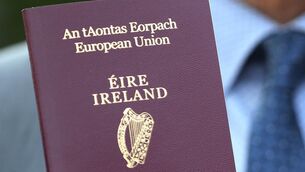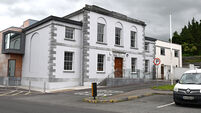Number of science, maths and tech PhDs above EU average
This country spent less on research and development than the EU average in the 1998-2007 period.
As a percentage of GDP this gap has been narrowing since 2002 when 1.33% of Irish GDP was spent on research and development.
By 2007, this spend had increased to 1.31% with that for Sweden being 3.64%, Finland 3.47% and Austria 2.56% of GDP. Bulgaria, Slovakia and Cyprus were among the countries spending less than the Irish on research and development.
Meanwhile, more than half of all Irish households had a computer connected to the Internet in 2008.
In 1998, only 5% of homes were connected.
The Netherlands, at 86%, had the highest reported rate of household Internet access in the EU 27 in 2008. Ireland, at 62%, was ranked 10th in the EU in 2008.
With regard to invention and innovation, it seems that following a peak between 1996 and 1999, things have levelled out based on the fact that there was a significant increase in the number of applications made to the European Patent Office from Ireland during the 90s.
Since then, the number of applications has remained steady at around 60 applications per million population.
The overall trend for the EU 27 was broadly similar, but at a rate per million close to double that recorded in Ireland.
Germany, with more than 275 applications per million population, had the highest rate in the EU 27 in 2005. Switzerland, with 411 applications per million population, had the highest rate, putting it at more than six times the Irish rate.
Between 1997 and 2006, there was twice as many men than women graduating in mathematics, science and technology.
In 2006, the proportion of maths, science and technology PhDs awarded in Ireland, at 0.7 per 1,000 population aged 25 to 34, was higher than the EU 27 average of 0.6 in 2005.
Ireland had the eighth highest rate in the EU, behind Sweden, which had the highest rate at 1.7, in 2006.












